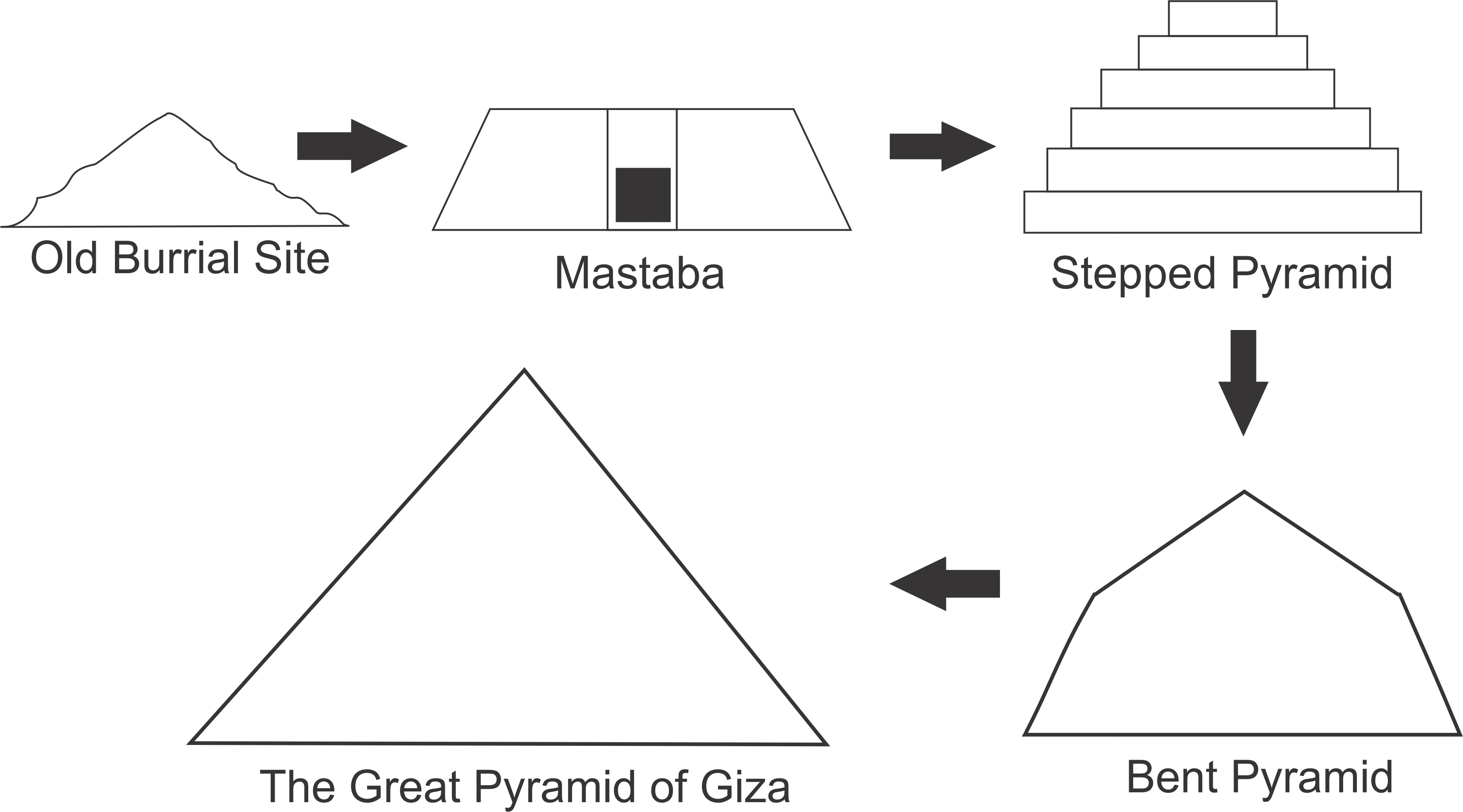Unit 1:
The Spiritual & Aesthetic
ARTSH 1303, Art History 1
Prof. Morgan
Prehistoric Art
Magdalenian polychrome bison from Altamira Cave
Cantabria, Spain
c. 36,000 BCE


Chauvet Cave Paintings
Adrèche, France
c. 34,000-32,000 BCE

Chauvet Cave Paintings
Adrèche, France
c. 34,000-32,000 BCE

Chauvet Cave Paintings
Adrèche, France
c. 34,000-32,000 BCE
Cueva de los Manos
Santa Cruz, Argentina
c. 7,300 - 700 BCE


Probable tools & method for creating the handprints
Cueva de Ardales
Málaga, Spain
c. 63,000 - 42,000 BCE


Woman Figurine (a.k.a. Venus of Willendorf)
Austria
c. 25,000-20,000 BCE


Map of Woman/Venus Figurine Distribution
Examples of Prehistoric Figurines by Culture


Lion Man of Ulm
Germany
c. 38,000 BCE
Curator's Perspective on the Lion Man & its Meaning

Neblivka Mega-Site
Ukraine
c. 6,000 BCE


Reconstructed Site Plan

3D Model Maidanetske, c. 3,700 BCE
3D Models of Maydanets & Talianki


Çatalhöyük
Central Anatolia (modern-day Türkiye)
c. 6,000 BCE


Interior Reconstruction

Artist's Rendering of Rooftop Common Space

Çatalhöyük, Agriculture, & Religion

Stonehenge
Salsbury, England
c. 2,000 BCE

Detailed view of outer ring construction technique
Stonehenge & Astronomy


The physical development of the Stonehenge site

Stonehenge alignment

Stonehenge
Cursus
Woodhenge
Durrington Walls

Stonehenge and surrounding sites

Durrington Walls
Salsbury, England
c. 2,600 BCE
Woodhenge
Habitation


Aerial site view

Hypothetical reconstructions of Durrington (left) and Woodhenge (right)


Full Stonehenge site and proposed function and/or symbolism
Ancient Mesopotamia
Intro to Mesopotamia
Map of the
Fertile Crescent

Sites & Spread of Various Agricultural Revolutions
9000 BCE
7000 BCE
3k-2k BCE
3k-2k BCE
2k-1k BCE
3k-2k BCE
7k-4k BCE


The Flood Tablet
Neo-Assyrian
7th cent. BCE

Cuneiform (Mesopotamian Writing)

Cuneiform was often written on clay or wax tablets
Writing in Cunieform
Plimpton 322
Babylonian
c. 1800 BCE

White Temple
Uruk, Southeastern Iraq
Sumerian
c. 3200-3000 BCE


Digital Reconstruction of the White Temple Complex


Digital Reconstruction of the White Temple

Digital Reconstruction of the White Temple Interior
Ziggurat of Ur
Ur, Southeastern Iraq
Neo-Sumerian
c. 1900 BCE

How the Ziggurat of Ur was Built
Aerial View of the Site


Artist's Rendering of the Ziggurat
Main Stair of the Ziggurat
Walls of the Ziggurat
Artist's Rendering of Ur

Artist's Rendering of Ur

Ziggurat

Stele of Hammurabi
Babylonian
1760 BCE
Legal Code

Stele of Hammurabi
(detail)
Babylonian
1760 BCE
Stele of Ur-Nammu
(detail)
Sumerian
c. 2000 BCE



Comparing Iconography of Rulers
Ancient Egypt
Pyramids of Giza / Fourth Dynasty Pyramids | Giza, Egypt
From the Left:
Pyramid of Menkaure | c. 2490–2472 BCE
Pyramid of Khafre | c. 2520–2494 BCE
Great Pyramid of Khufu | c. 2551–2528 BCE.

- Ka - the life force
- Ba - the personality
- Sheut - the shadow
- Ren - the name
- Ib - the heart
The Five Parts of the Egyptian Soul
The Mummification Process

Artist's Reconstruction of Original Pyramid Site

How the Pyramids were Developed
Plan of the city of Heit el-Ghurab, Giza

Heit el-Ghurab site with potential waterways

Mortuary Temple of Ramesses III
New Kingdom
Luxor, Egypt | c. 1200 BCE


Aerial View of the Temple










Palette of King Narmer
Predynastic Egypt
c. 3000-2920 BCE
Decoding the Palette

Reverse side of the Palette


Menkaure and Khamerernebty
4th Dynasty Egypt
c. 2490-2472 BCE


Khafre Enthroned
4th Dynasty Egypt
c. 2530 BCE

Example of 'Proportional Design' of the Human Body





Akhenaton and Nefertiti with their three daughters
18th Dynasty Egypt
c. 1353-1335 BCE



Akhenaton (colossal statue from the temple of Aton)
18th Dynasty Egypt
c. 1353-1335 BCE



Bust of Nefertiti
18th Dynasty Egypt
c. 1353-1335 BCE




2018 Reconstruction of Queen Nefertiti's Face

2022 AI-driven Reconstruction of Queen Nefertiti



Egyptology & Whitewashing
The Concept of Race in Egyptology



Ancient Japan
Ise Jingu, "Grand Shrine of Ise"
Kofun Period and/or later
Mie, Japan | c. 5 BCE (possibly 5th cent. CE)

What is Shinto?

Aerial View of Ise Jingu

Komainu from Istukushima Shrine
Asuka Period
593 CE (current 12th cent. CE)

Torii Gate Walkway, Fushimi Inari-taisha
Asuka/Nara Period
Kyoto, Japan | 711 CE

Torii Gate at Hida Minzoku Folk VIllage
Gifu, Japan



Two types of Torii
Myoshin
Shinmei
Varieties of Torii





Meiji Jingu Daini Torii
Taisho Period
Kyoto, Japan | 1920 CE

Oyunohara Torii Gate
Heisei Period
Wakayama, Japan | 2000 CE


Torii Gates to Scale
Haniwa of a Warrior
Kofun Period
5th–early 6th century CE


The Variety of Haniwa
Cylindrical Haniwa
Kofun Period
6th century CE

Daisen-Kofun, Tomb of Emperor Nintoku
Kofun Period
Sakai, Osaka, Japan | 6th century CE

Haniwa of a House
Kofun/Asuka Period
5th century CE

Haniwa of a Horse
Asuka Period
6th century CE

Kondo & Pagoda from Horyu-ji
Asuka Period
Nara, Japan | 607 CE


Horiyu-ji Plan
Pagoda from Horyu-ji
Nara Period
Nara, Japan | 607 CE




Todai-ji Daibutsuden, "Great Buddha Hall"
Nara Period
Nara, Japan | 743 CE
Map of the Todai-ji Temple Complex

Model of the Original Todai-ji Temple Complex

Model of the Original Kondo

Daibutsu, the Todai-ji Bronze Buddha


Unique Principles in Japanese Carpentry
The Heian Period
Byōdō-in "Pheonix Hall"
Heian Period
Uji, Japan | 1052 CE


Illustrated Legends of the Kitano Tenjin Shrine
Heian Period
Late 13th century CE



Night Attack on the Sanjo Palace
Kamakura Period
13th century CE


Complete scroll unrolled with additional detail

Portrait of Minamoto no Yoritomo
Kamakura Period
1179 CE